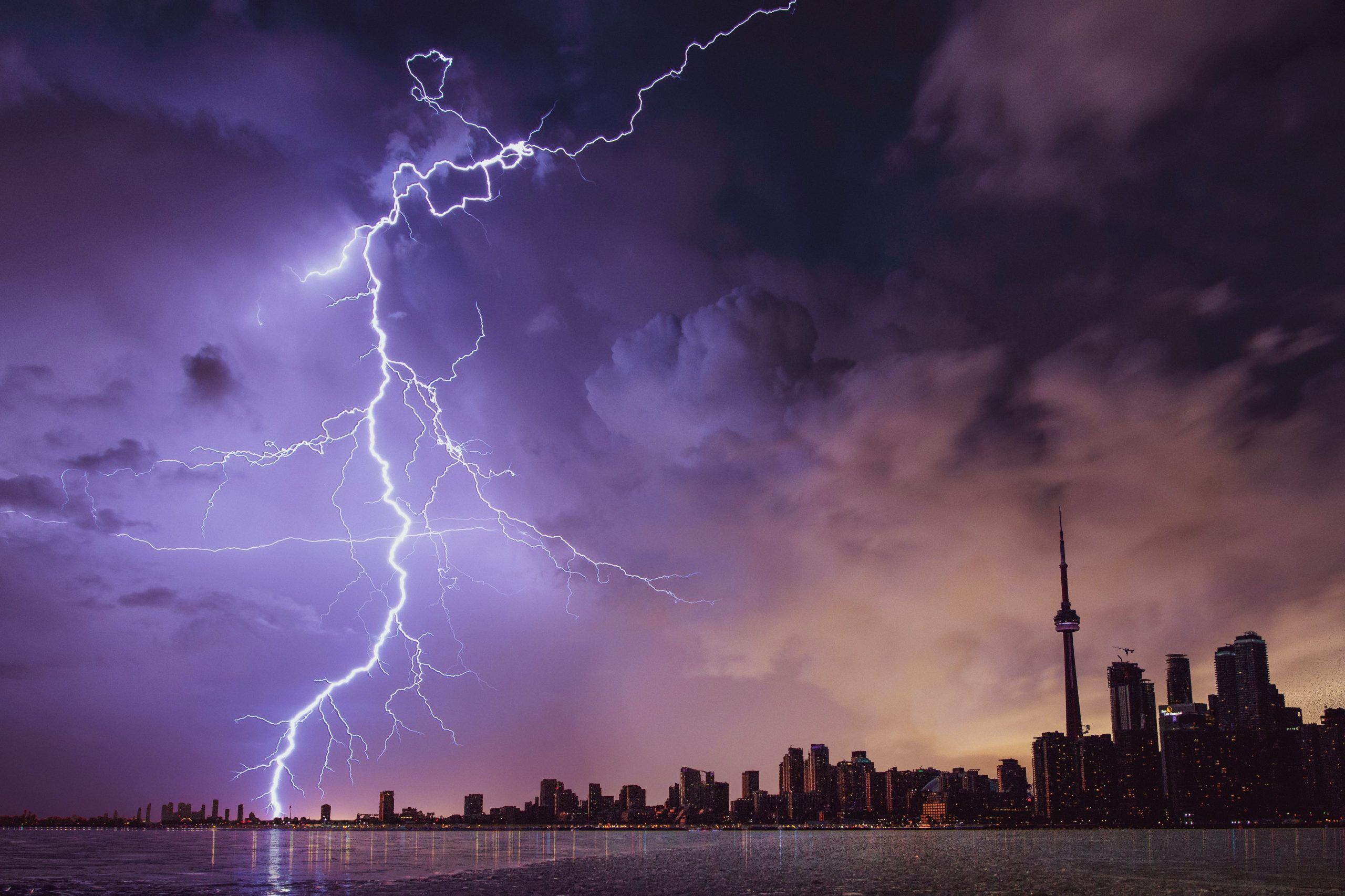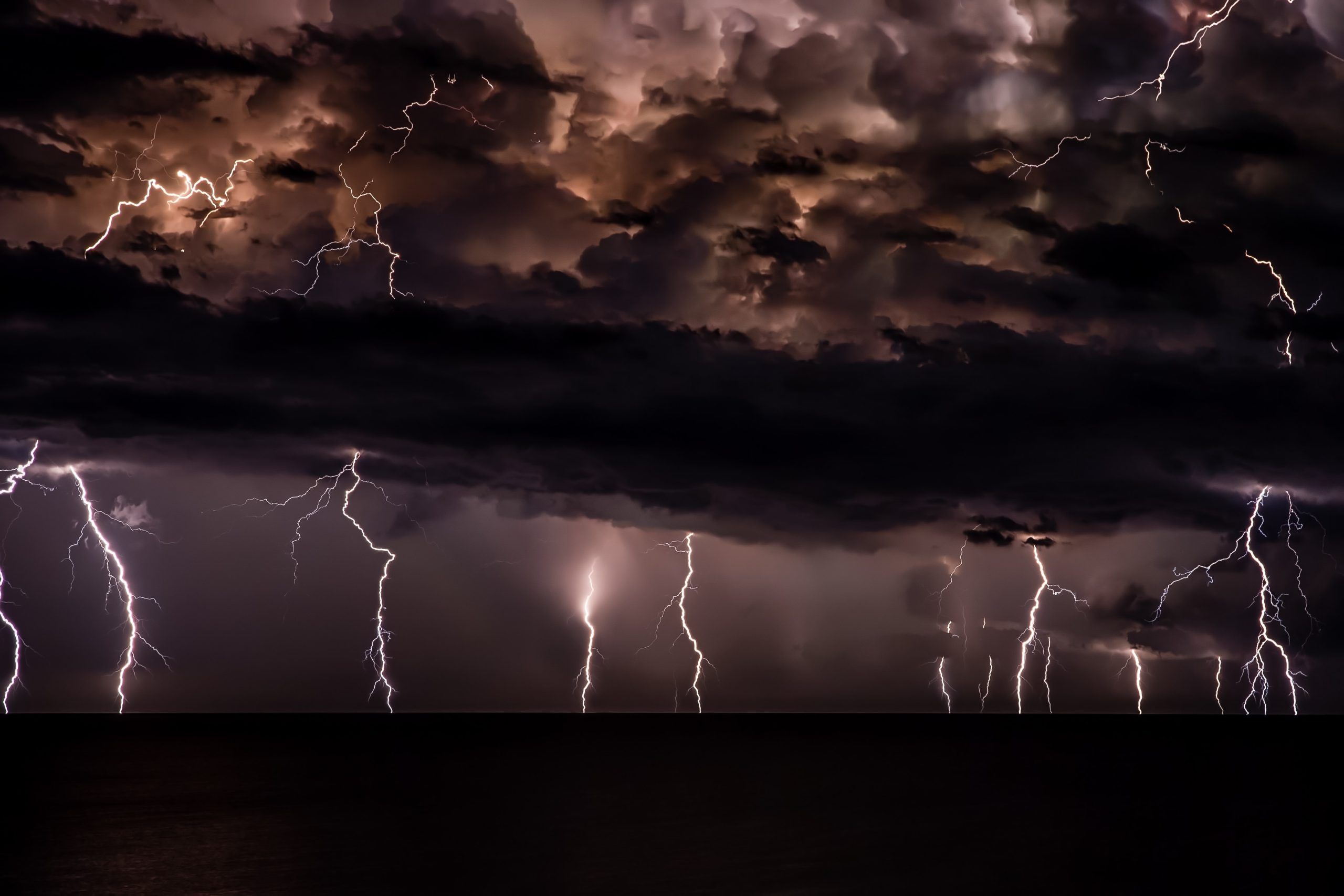Public storm warning signals indicate the hit of a tropical cyclone in a certain area within the next day and a half. It is issued by the Philippine Atmospheric, Geophysical, and Astronomical Services Administration also known as PAGASA. To remind you, PAGASA is a government agency in charge of providing forecast and weather information, as well as warnings and other useful information to the public. Established in 1972 and operates under the Department of Science and Technology.

Public storm warning signal #1
Once public storm warning signal #1 is issued, particular target zones can expect a strong wind speed of about 50 kph on average. It is launched when there is a tropical depression or a storm approaching the PAR – Philippine Area of Responsibility. A lot of damage is often reported due to floods caused by heavy rain. Expectedly, there are certain precautionary measures that can be taken when signal 1 is issued. Such include the securing of loose or weak objects, and bringing the belongings inside, once the public storm warning signal #1 is given. Special focus is placed on the safety and security of marginalized segments of society such as children and elderly, or people with disabilities.
About Government’s Agency
To keep safe, it is highly recommended to keep in line with the updates on weather conditions and the dynamics of any potential storm’s progress. Legit information is provided through official government sources, just as PAGASA or National Disaster Risk Reduction and Management Council are. Such entities provide regular updates and relevant information regarding the storm’s location, movement, and anticipated effect. For instance, people from the coastal area are advised to evacuate to the mountainous parts and higher-up zones. The government is bound to control the crisis and evacuate the civilians.
Areas of Impact
In terms of regular everyday activities, public storm warning signal #1 also means a change in work for some institutions and entities, especially in educational settings. Classes and certain work obligations will be postponed or else prescribed by the government. The goal of this measure is to make sure that residents, from the youngest to the oldest, are safe. The wind speed mentioned above should not be neglected in any case, since it can cause some serious damage. Weak trees might break and branches might fall down, power might get cut off, etc. Public storm warning signal #1 plays an important role in the overall safety of zones for which there is a high probability of a storm happening. Tropical cyclones that might hit certain areas within 36 hours require organized action and the application of well-planned precautionary measures on time. To improve safety, one can always monitor and follow the updates issued regarding the weather conditions and storm probability to evacuate to even higher mountain zones if necessary. Please note that the warnings should be taken seriously, even at times when the wind does not seem that strong, since it can still be a sign of a storm coming.
Importance of Following Instructions
Staying in line with the government’s instructions and following the public warning signals is important for not only one reason only. Although safety might cross many minds first, there are also other aspects to consider, such as loss prevention, impact reduction, or improvement of response.
Safety Measures
Some of the measures that can be included in the safety measure package issued from the government agency to ensure people’s safety can relate to evacuation, preparation, suspension of work and classes, emergency responses, and travel restrictions. Some areas are in more jeopardy than others due to the lower altitude and geographical position. In such situations, people are strongly advised to move up to higher grounds. Preparation is also an important aspect since information delivered on time can help civilians prepare for upcoming storms. As it was mentioned, suspension of work and classes can be expected, and travel might be restricted. Especially in the case of heavy rains and floods caused by storms, travel can be restricted due to land sliding and road blockings. In such cases, emergency response teams are called up to assist in emergency cases that might arise from the situation. Remember that the measures mentioned above are designed to ensure the safety and security of citizens, and to minimize potential impacts that the storm might exert on the community, infrastructure, and environment.
Conclusion
As the first principle implies, it is important for any government to issue alerts and warnings to its citizens about potential storms that can put them and their property in jeopardy. Strong winds and heavy rains can cause floods and a bunch of other damage, so it is crucially important to notify people on time and increase the chances of better reaction and safe evacuation. Taking action on time can reduce a storm’s impact on both lives and properties.

